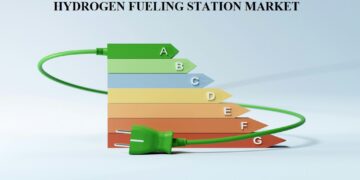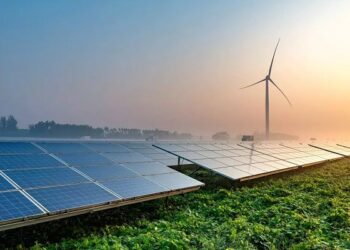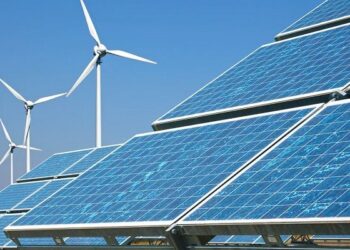It is worth noting that the New Energy Vehicle Film Capacitor Winding Machine market happens to be experiencing enormous growth in sync with the growing demand when it comes to electric vehicles- EVs as well as the evolution of energy storage technologies. Such kinds of winding machines go on to play a crucial role when it comes to the production of film capacitors, which are a major component within power electronics systems as far as new energy vehicles are concerned. As the automotive sector moves towards electrification so as to address environmental challenges, the demand in terms of efficient as well as reliable winding machines for capacitor production has risen. The market happens to be characterized by way of innovations within winding machine design as well as technology so as to meet the exact requirements when it comes to the burgeoning new energy vehicle industry.
The point is that the global new Energy Vehicle Film Capacitor Winding Machine segment is all set to see a surge with a CAGR of 19.6% right from 2023 to 2030.
It is well to be noted that the scope of the New Energy Vehicle Film Capacitor Winding Machine segment goes beyond the automotive as well as electronics industries, especially when it comes to the realm of electric vehicles as well as energy storage systems. Due to the enlarged and increasing adoption when it comes to electric vehicles across the world, the film capacitors demand that are used within electric drivetrains, power inverters, as well as the on-board charging systems has surged quite prominently. Moreover, the market goes on to cater to the energy storage sector, wherein the film capacitors go ahead and find applications within renewable energy systems and also grid-level energy storage. The broad market scope happens to be driven by rising investment when it comes to research and development so as to enhance the efficiency as well as scalability of film capacitor winding machines in order to meet the growing demands in terms of the new energy vehicle spectrum.
In spite of the optimistic prospects when it comes to growth, the New Energy Vehicle Film Capacitor Winding Machine segment does face challenges and also inherent risks. One such significant challenge happens to be the need to be exact when it comes to winding processes so as to ensure the dependence as well as longevity in terms of film capacitors. Achieving exact winding in terms of large-scale production can go on to be technically challenging and may as well require continuous advancements when it comes to automation as well as control systems. One more challenge is adapting to the dynamic nature as far as the new energy vehicle industry in concerned wherein the technological advancements as well as the design shifts can go on to influence demand when it comes to specific capacitor kinds and winding configurations. Market risks go on include the potential impact of disruptions in the supply chain, fluctuations in terms of raw material prices, and the evolving regulatory standards that influence production, along with the adoption of film capacitors.
Apparently, the research methodology which is used in the study of the New Energy Vehicle Film Capacitor Winding Machine market goes on to involve an overall as well as a systematic approach. Primary research happens to have in it interviews with experts from the industry, engineers as well as manufacturers, so as to gain firsthand insights when it comes to market trends, technological developments, as well as user requirements. Secondary research has in it an in-depth evaluation of existing literature, market reports, as well as technical specifications so as to validate and complement the primary findings. The research methodology goes on to have a thorough examination when it comes to competitive landscapes, advancements in tech and market trends. The mix of primary and secondary research methodologies makes sure of a holistic understanding of the New Energy Vehicle Film Capacitor Winding Machine segment, thereby offering stakeholders precise as well as actionable data in terms of strategic decision-making.







































